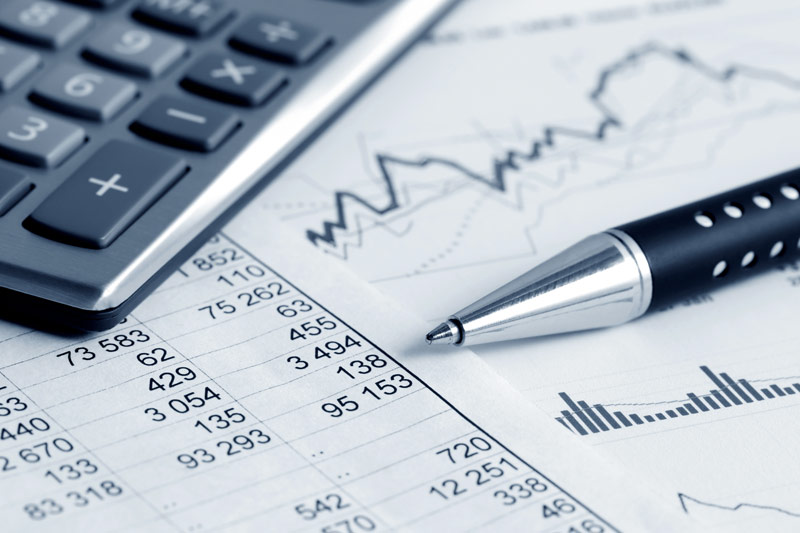[ad_1]
© Reuters. FILE PHOTO: A China yuan note is seen in this illustration photo May 31, 2017. REUTERS/Thomas White/Illustration/
SHANGHAI (Reuters) – tumbled against a rising dollar in early deals on Wednesday, with its offshore trades dropping to a record low, pressured by expectations for more Federal Reserve rate hikes.
China’s fell as far as 7.2349, the lowest level since such data became available in 2011. It traded at 7.2286 per dollar as of 0241 GMT.
Its onshore counterpart followed suit and fell to a low of 7.2302 per dollar in early trade, the weakest since the global financial crisis in 2008. It traded at 7.2240 around 0241 GMT, compared with the previous late night close of 7.18.
“Non-dollar currencies all crashed in early trades, the yuan can’t escape,” said a trader at a foreign bank.
Several currency traders also said corporate dollar buying was very strong on Wednesday, piling additional pressure on the yuan.
Prior to market opening, the People’s Bank of China (PBOC) set the midpoint rate at 7.1107 per dollar, 385 pips or 0.54% weaker than the previous fix of 7.0722.
The declines come even as China’s central bank on Monday announced fresh steps to slow the pace of the yuan’s recent fall by making it more expensive to bet against the currency.
Earlier this month, the PBOC also cut the amount of foreign exchange reserves that financial institutions must hold in a move also seen as aimed at slowing the yuan’s depreciation.
Efforts by authorities to stem yuan weakness was having a limited impact, said a second trader at a Chinese bank.
A source told Reuters late on Tuesday that Chinese monetary authorities are asking local banks to revive a yuan fixing tool it abandoned two years ago as they seek to steer and defend the rapidly weakening currency.
The dollar’s strength comes as the U.S. central bank hiked interest rates by three-quarters of a percentage point for a third straight time last week and signalled that borrowing costs would keep rising this year.
[ad_2]
Image and article originally from www.investing.com. Read the original article here.

